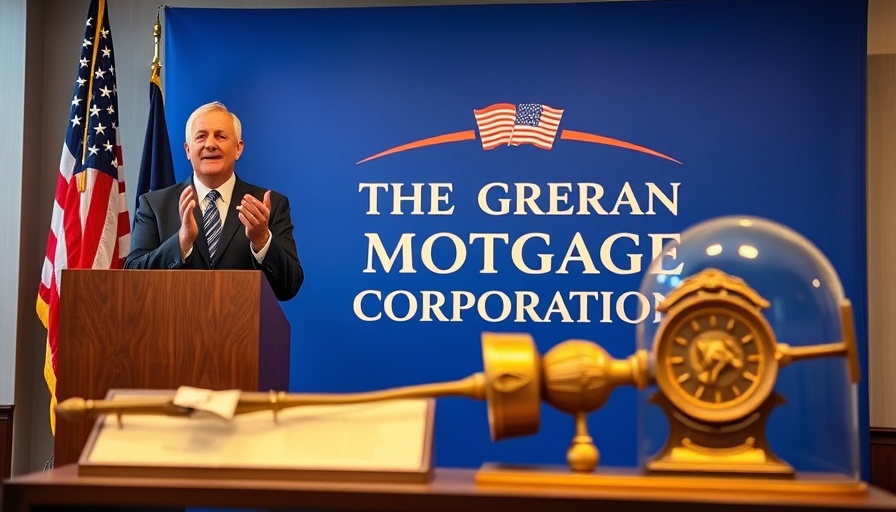
The Significance of Pro Formas in Commercial Real Estate
A pro forma serves as a vital financial tool in commercial real estate (CRE), acting as a roadmap for investors to make informed decisions regarding property investments. By forecasting future income and expenses, pro formas enable stakeholders to analyze a property’s potential financial performance, thus helping in strategy formulation and risk assessment. Without this essential document, navigating the complexities of real estate investments would be akin to sailing without a compass.
Key Components of a Pro Forma
The pro forma statement is organized into distinct components, making it easier for potential investors to digest critical information. These components include:
- Revenue: This encompasses all streams of income from the property, typically focusing on rental income while considering vacancy rates.
- Expenses: Operating expenses such as management fees, repairs, utilities, and taxes are crucial, as they directly affect the property’s net performance.
- Net Operating Income (NOI): This key metric reflects the property's profitability by subtracting total operating expenses from effective gross income. It’s essential for evaluating an asset’s financial health before considering financing and tax implications.
- Cash Flow: Ultimately, cash flow indicates the net income generated, providing insight into the property’s ability to sustain itself financially.
The Relevance of Pro Formas in Today’s Market
As the commercial real estate landscape continues to evolve, understanding and utilizing pro formas becomes even more crucial. Investors leverage these financial models not just to evaluate the current value of properties but also to project future income under various market scenarios. This adaptability allows stakeholders to mitigate risks while capitalizing on profitable opportunities in a competitive market.
Future Trends in Pro Forma Creation
Pro forma statements are anticipated to incorporate advanced analytics and software solutions, streamlining the forecasting process. By integrating machine learning and big data, investors could achieve more precise projections, enhancing the decision-making process. This technological advancement can ultimately reshape how investors approach property management and investment strategies.
The Bottom Line: Pro Formas as a Strategic Advantage
Mastering the art of creating pro forma statements not only reveals lucrative investment opportunities but can also highlight properties that may be underperforming. As commercial real estate becomes increasingly data-driven, a comprehensive understanding of pro formas will empower investors to make strategic decisions that align with their financial goals.
 Add Row
Add Row  Add
Add 




Write A Comment